#131 Garlic Bread Sundays
A late afternoon snack
Sundays are for deep leisure. Sometimes, the smartest thing you can do for your productivity through the week is to completely decompress and recharge. Read beautiful magazines. Sip an affogato. Go for a leisurely morning walk. And perhaps, you deserve a nice little treat in the afternoon! You know that feeling… when spring sunlight enters your home with the gentleness of a warm hug. When all you want to do is put a good song on, kick your feet up and relax with a beautiful snack.
Now imagine if you had crispy, garlicky sourdough bread with you? Imagine how good that crunchy first bite would feel. Pure heaven.
The thing with garlic bread is that while it’s theoretically simple to make, it’s easy to mess things up. There’s nothing worse than biting into uneven garlic bread that’s not toasted well in the center. Or one that’s completely burnt around the edges. Just a huge let down!
The key to good garlic bread is timing and good bread. You can use any type of bread, but lately I’ve really been enjoying sourdough garlic bread. My theory is that the aeration and larger pores of sourdough make it the perfect vessel for garlic bread.
Ingredients
1 slice of sourdough
120–150 g room-temperature salted butter
3-4 cloves pressed garlic from a stainless steel garlic press (minced garlic also works)
as much garlic powder as your heart desires
a healthy bunch of finely chopped parsley
Method
Move the oven rack to the second slot from the top
Preheat your oven to 180 °C / 356 °F
In a small bowl combine butter, pressed garlic, garlic powder and parsley until smooth
Lay the sourdough halves cut-side up on a sheet tray
Spread compound butter over the entire surface of the sourdough, don’t be stingy!
Bake 10 minutes at 180 °C / 356 °F
Increase temperature to 200 °C / 392 °F and continue baking for 5 more minutes (keep an eye out for the edges turning golden and if it starts to burn, remove it)
Remove from the oven and let the bread sit for a few minutes, and enjoy!
If you’d like to elevate your garlic bread, roast your garlic. Oven-roasted garlic will take your garlic bread to a whole new level. Cut the base of an entire bulb of garlic (leave the rest of the skin on) and drizzle some extra virgin olive oil and sea salt on top. Once roasted, extract the garlic from its skin and make your compound butter. Before making your garlic bread, you can also top it with some shredded cheese if you’d like!
If you don’t quite have the patience for garlic bread, the next best thing you can do is to spread garlic compound butter on toasted sourdough. You don’t quite get that penetrative garlicky crunch, but you get that familiar taste.
All you need to do is toast your sourdough the way you like it, and then spread a layer of garlic compound butter on top. You could even make different kinds of compound butter and use it as a way to switch things up and keep breakfast interesting!
Bring film back
Eat purple
You need to be eating more purple
The hard scramble
Gives you wings
The Red Bull story is incredible
❋ FILLED SOURDOUGH DONUTS (BOMBOLONI OR KRAPFEN)
When I sent a picture of the sourdough donuts to my family members, my sister living in Germany messaged that I had made German donuts, called krapfen or berliner.
The Italians have a similar version of the filled donut too (called bombolone) as do other cultures (doughnuts, ballen, pączki, etc.)
You don’t have to fill these sourdough donuts with jam or preserves. They are delicious simply rolled in sugar or a cinnamon/sugar mixture.
You could alternately fill them with a vanilla pastry cream (crème pâtissière or crema pasticcera) or chocolate ganache.
I’ve also tried filling with both jam and pastry cream together, and that was delicious.
Developing a recipe can be a well choreographed dance between research, testing and tasting. Other times it can feel as though there’s no possible way to create the desired end goal.
The process can feel incredibly creative but can also feel very defeating.
Are you interested yet?! For the most part it’s a very positive process, so don’t turn away already!
I often talk about the importance of mastering the classics—techniques and recipes—but I also want to instill the idea that everything should be up for interpretation. However, to successfully interpret something or creating something new, you must first understand what make a technique or recipe so classic. Once you have a grasp on that, it’s much easier to create something that’s unique and different while also maintaining the integral components of what makes classics, well, classic.
❋ BEURRE MONTÉ IS FRANCE’S 5-MINUTE MAGIC BUTTER SAUCE
The difference between beurre monté and melted butter looks and feels like the difference between velvet and raw denim: a substance that’s luxurious versus one that’s unrefined.
Structurally, the difference between them is emulsification—the process of fusing together liquids that would normally separate. Butter, a solid emulsion of fat and water, breaks when you melt it, causing its fat and water to separate and turn thin and greasy. Monté is butter that’s simultaneously melted and rebuilt into a new emulsion by thoroughly whisking it into hot water.
The whisking breaks up the fat into tiny droplets that get dispersed throughout the water until it thickens to the consistency of heavy cream.
❋ Read our latest WARKITCHEN magazines:
❋ Get your copy of Optimal Fuel: Your Nutrition Playbook here. It's a cookbook and nutrition guide — all in one. All proceeds go towards an outrageous amount of hearty ribeyes and raw honey!
❋ If you’d like to contribute an article or sponsor a future issue, please send your pitch to rocky@warkitchen.net.
❋ Explore the full WARKITCHEN archive here.
❋ Adding us (rocky@warkitchen.net) to your contacts, or moving us to primary, will make sure you continue receiving these emails.






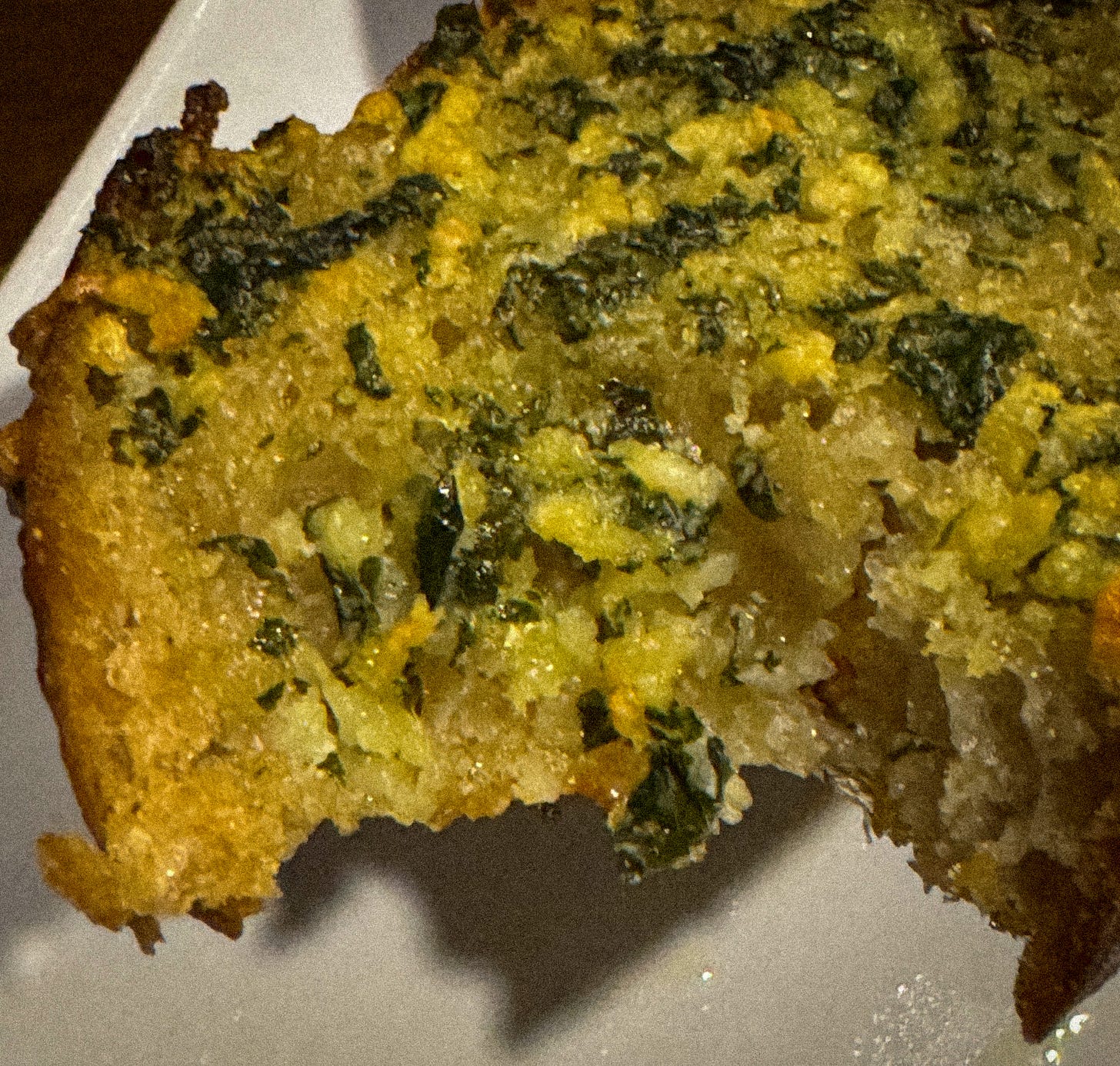




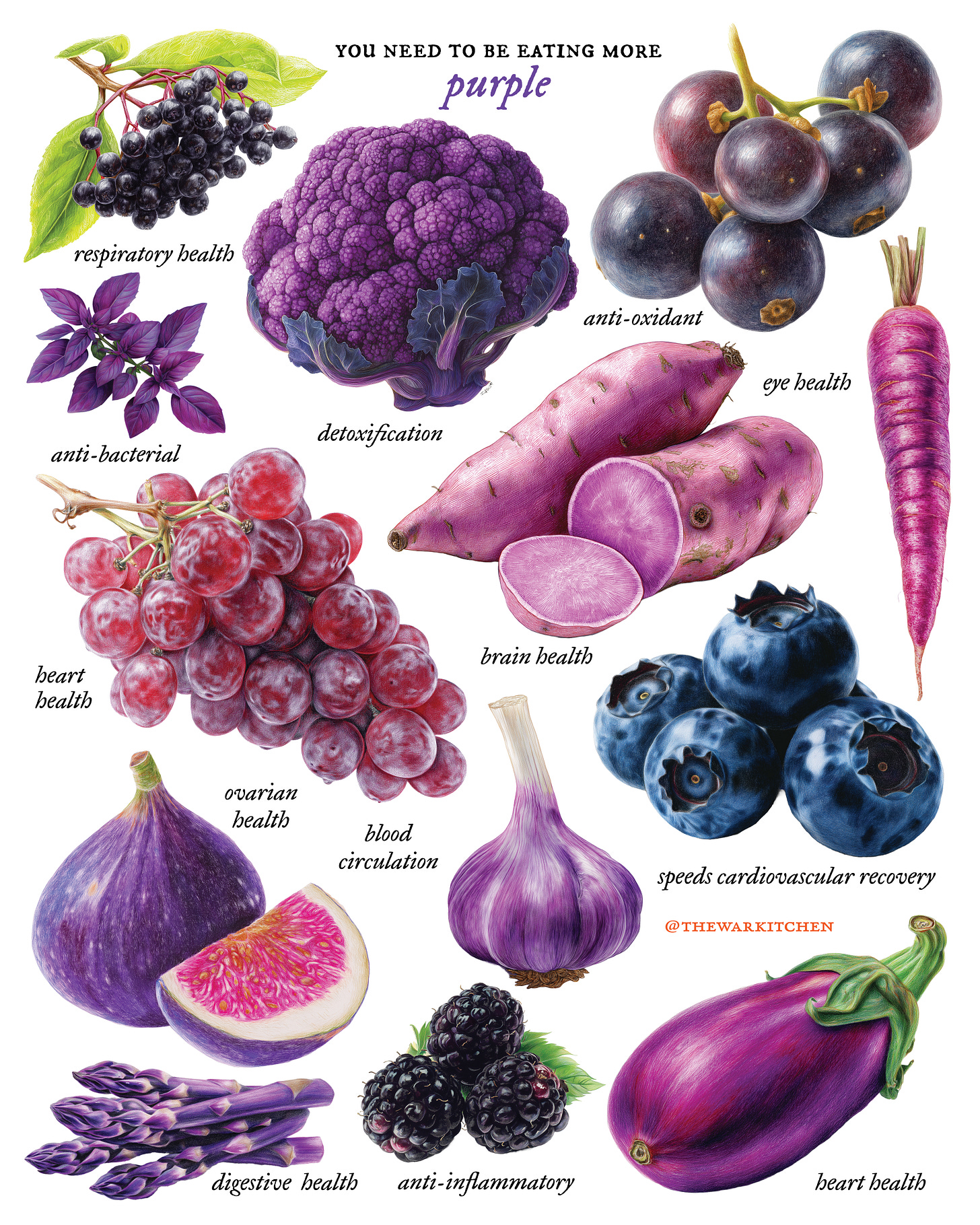



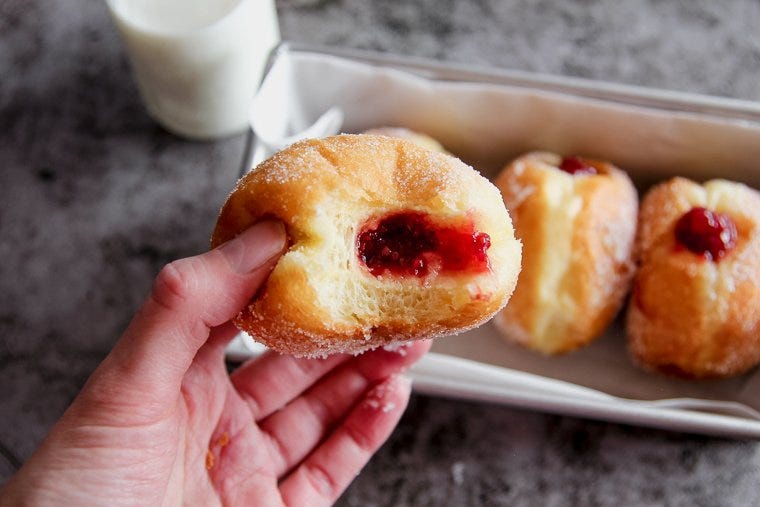
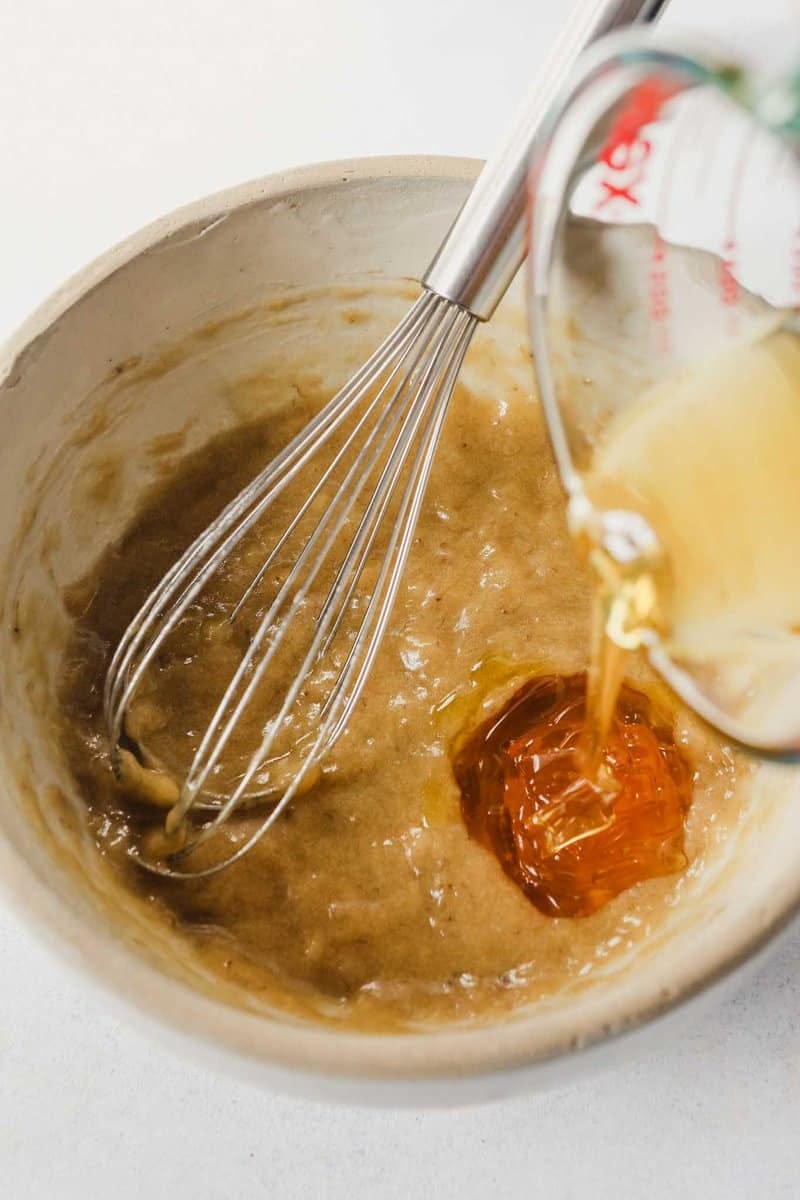
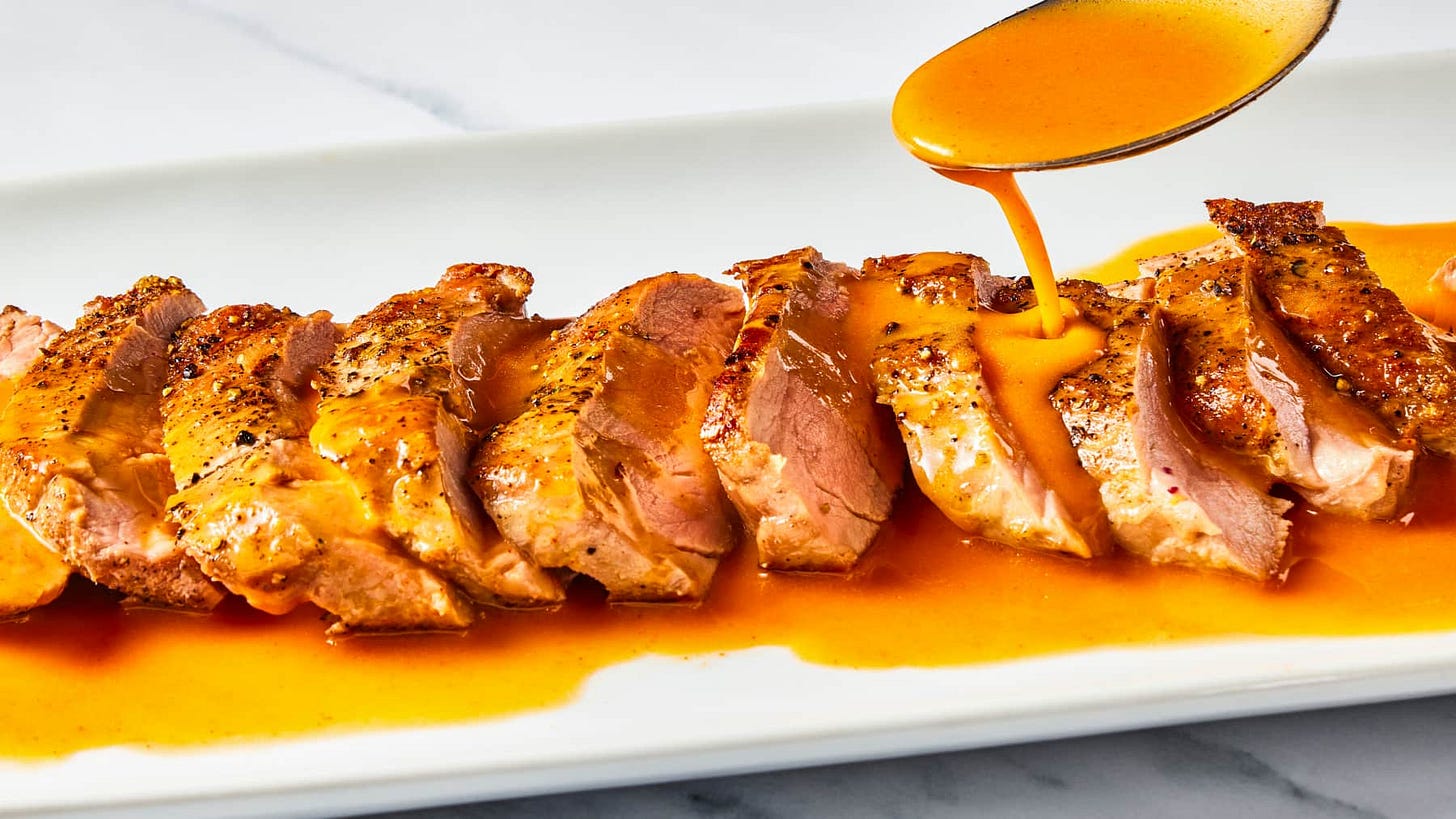



I just love this Substack and magazine. Also love your instagram. It’s making me fall in love with eating again. (And fantasizing about cooking.)
Excited to try that beurre monté, and step up my garlic bread game. Love the publication, thank you!